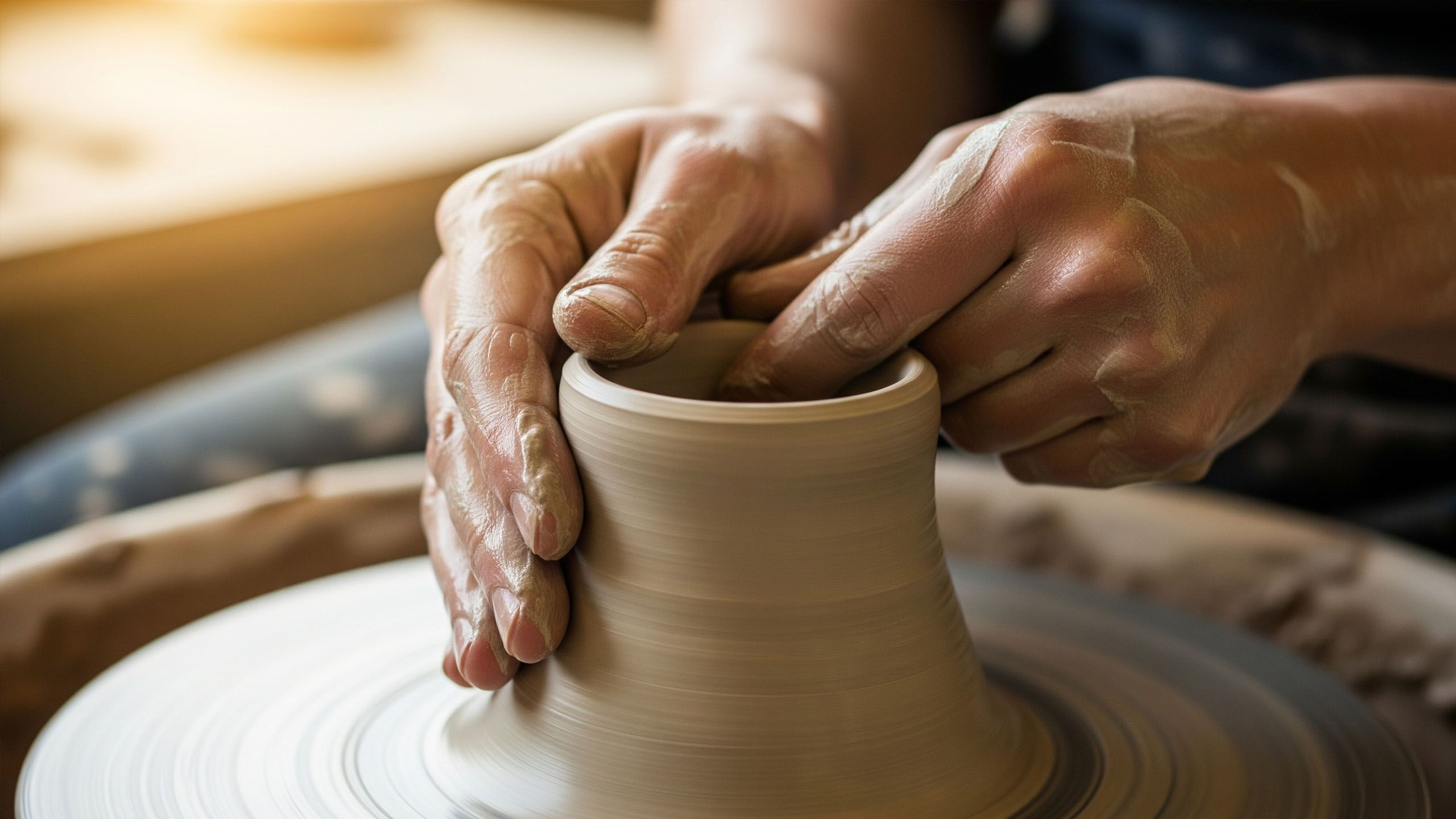
Why Media Shapes How We See Ourselves

The mirror has never been just glass. For generations, it has been a reflection polished by magazine covers, film frames, social media filters, and advertising campaigns that told men and women what they should look like—and who they should be.
Today, that mirror is not hanging in our bathrooms but glowing in our hands. And whether we’re scrolling through an influencer’s perfect morning or watching a brand’s “real beauty” campaign, the question remains: how much of what we see is shaping how we see ourselves?
Media has always been a storyteller. But in the 21st century, it has become an architect of identity—constructing, curating, and broadcasting versions of beauty, success, and worth that we often mistake for our own reflections.
From Paper to Pixels: The Evolution of the Ideal
In the mid-20th century, glossy magazines ruled aspiration. Women leafed through pages of Vogue and Harper’s Bazaar where slim waists, flawless complexions, and elegant silhouettes defined femininity. Men saw strength and confidence mirrored in cigarette ads and car commercials. These were not merely images—they were ideals, crafted with precision and backed by powerful industries.
Fast forward to now: the media landscape has splintered. Instead of a handful of glossy publications dictating beauty, millions of social media accounts do. The result? Instead of one unattainable ideal, there are thousands—each niche, each algorithmically tailored.
At first glance, this seems liberating. More representation, more voices, more diversity of appearance and lifestyle. Yet psychologists warn that the sheer volume of images, and their constant availability, create an intensified form of comparison. Instead of flipping a page and closing a magazine, we scroll endlessly, stacking ourselves against countless others, often without realizing it.
The Psychology of Seeing and Being Seen
Research in media psychology suggests that humans are inherently social comparers. We measure our progress, appearance, and value through others—it’s an evolutionary instinct tied to survival and belonging. Media, however, manipulates that instinct by providing a never-ending stream of curated realities.
A woman doesn’t simply see another woman with smooth skin—she sees a standard, a subtle reminder of what she “should” look like. A man scrolling fitness videos doesn’t just see muscles; he sees expectations.
The danger lies not in aspiration itself, but in perception. When our brains are repeatedly exposed to highly edited, filtered, or commercially motivated imagery, we internalize those visuals as the “norm.” Psychologists call this “cultivation theory”: the idea that long-term exposure to media content shapes our worldview. Over time, what we see most often begins to feel like what’s most true.
| Effect | Description |
|---|---|
| Social Comparison | Constant exposure to idealized images increases self-comparison and dissatisfaction. |
| Normalization | Over time, repeated media images feel like reality, not representation. |
| Idealization | Portrayal of “perfect” lifestyles creates unrealistic expectations. |
The Subtle Art of Commercial Persuasion
It’s easy to believe that we’ve become too savvy to be influenced by media. We know about filters. We understand that ads are designed to sell. But that awareness doesn’t always protect us.
Marketing today is less about persuasion and more about infiltration. Brands no longer shout slogans from billboards; they whisper through influencers, lifestyle imagery, and micro-targeted content. The line between authenticity and advertisement blurs so thoroughly that even media professionals struggle to tell them apart.
The strategy works because it appeals to emotion. A skincare video doesn’t sell cream—it sells confidence. A gym influencer doesn’t sell routines—they sell belonging. And when we consume that content repeatedly, we begin to associate self-worth with consumption itself.
This isn’t inherently sinister—it’s business. But it does raise a moral question: if media shapes self-image, do corporations carry responsibility for what that image becomes?
“The danger lies not in aspiration itself, but in perception. When we see enough curated realities, we forget that authenticity doesn’t need an audience.”
Women and the Weight of Representation
For women, the tension between representation and reality is particularly sharp. The last decade has brought a wave of “body positivity” and “real beauty” campaigns, celebrating cellulite, wrinkles, and unretouched images. Yet, paradoxically, these same movements have become marketing tools themselves.
A campaign that once challenged norms is now an aesthetic—complete with perfect lighting and curated imperfection. It’s a reminder that even authenticity can be commodified.
Sociologists note that women today face a “double burden” of representation: the expectation to look both natural and polished, confident and modest, empowered and appealing. Media messages can feel contradictory—urging women to “love themselves” while simultaneously offering countless ways to “improve” themselves.
The result isn’t liberation from beauty standards but a rebranding of them.

Men, Too, Are Watching
While much attention is rightly given to how media affects women, men are not immune. In recent years, social platforms have amplified hypermasculine ideals: sculpted physiques, wealth displays, and dominance-driven narratives.
These images often promise self-improvement but breed quiet insecurity. Studies show a rise in male body dissatisfaction linked to fitness influencers and lifestyle content. The modern man, much like the modern woman, is being sold a version of perfection that’s part fantasy, part marketing strategy.
The point is not to assign blame but to recognize the shared vulnerability. Both men and women are shaped by the stories media tells about worth, attractiveness, and success—and by the invisible metrics of likes, followers, and filters that now define social visibility.
The Global Mirror
Media is no longer local; it’s global. A teenager in Nairobi scrolls through the same TikTok trends as one in Toronto. A woman in Paris watches the same “get ready with me” videos as someone in São Paulo.
This interconnectedness can create cultural exchange—but it can also create homogeny. Globalized beauty ideals often erase regional features, traditions, and body types in favor of a single, algorithm-approved aesthetic.
In countries once proud of unique beauty standards, young women increasingly request Westernized features—lighter skin, smaller noses, slimmer figures—believing that global media reflects global truth. Yet those ideals often originate not from culture, but commerce.
It’s not that globalization is inherently harmful—it has brought visibility and shared understanding—but when media flattens differences into trends, individuality risks becoming just another brand identity.
Checklist: Reclaiming Your Media Mirror
- ✔ Curate your feed with content that uplifts, not compares.
- ✔ Question what each image or ad is trying to make you feel.
- ✔ Follow creators with authentic, diverse perspectives.
- ✔ Take digital breaks to reconnect with your reality.
- ✔ Create and share your own narrative confidently.
Reclaiming the Narrative
So how do we take back the mirror?
It begins with awareness. Understanding that media is not neutral is the first step toward seeing it clearly. Every image, post, or campaign is a form of communication—crafted by intention, shaped by editing, and amplified by algorithms.
The second step is curation. Just as we curate our homes, we can curate our feeds. Follow creators who offer substance over spectacle, who make you think rather than compare. Seek journalism that questions rather than sells.
Finally, participation matters. Media isn’t only something we consume—it’s something we create. Every post, comment, and story adds to the collective narrative of what beauty, confidence, and success look like. If enough women and men choose to represent themselves authentically—not as perfection but as presence—the mirror begins to change shape.
Expert Q & A
Does awareness really change how media affects us?
Yes. Studies show that recognizing manipulative editing and commercial intent reduces emotional impact and comparison anxiety. Awareness is the first step to reclaiming agency.
Is it possible to avoid media influence completely?
Avoidance isn’t realistic or necessary. The goal is not withdrawal, but conscious engagement—learning to filter media through critical thinking, not self-criticism.
Seeing Ourselves, Clearly
The media doesn’t just reflect culture; it manufactures it. It teaches us what to value, what to fear, what to chase. Yet it also offers us a choice: to keep looking through someone else’s lens, or to polish our own.
Perhaps the future of self-image will not be defined by the media we consume but by the media we consciously choose to believe. Because the most honest reflection—the one that truly shapes who we are—comes not from the camera, but from within.



 English
English  Deutsch
Deutsch  Español
Español  Français
Français 




